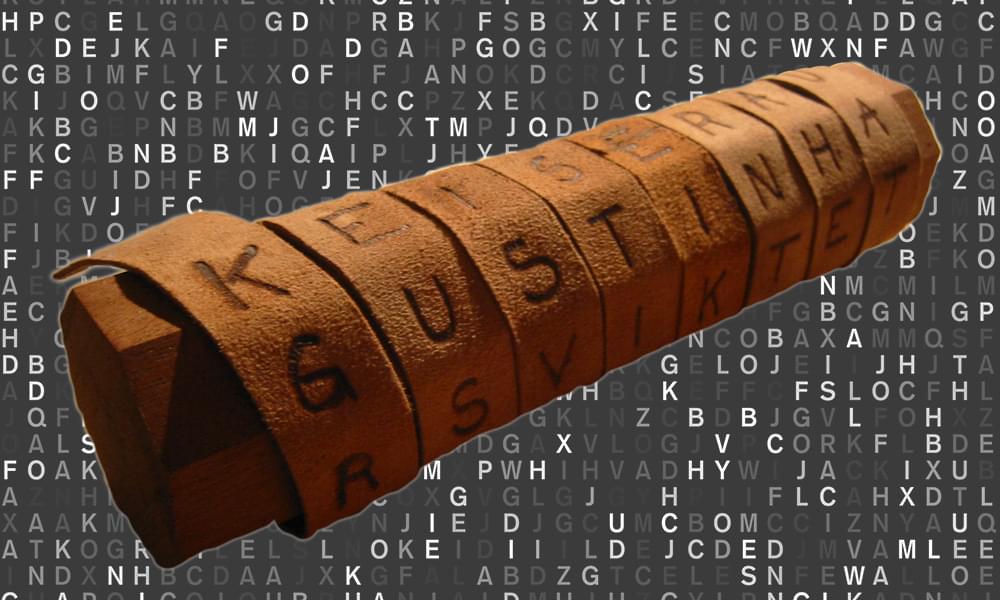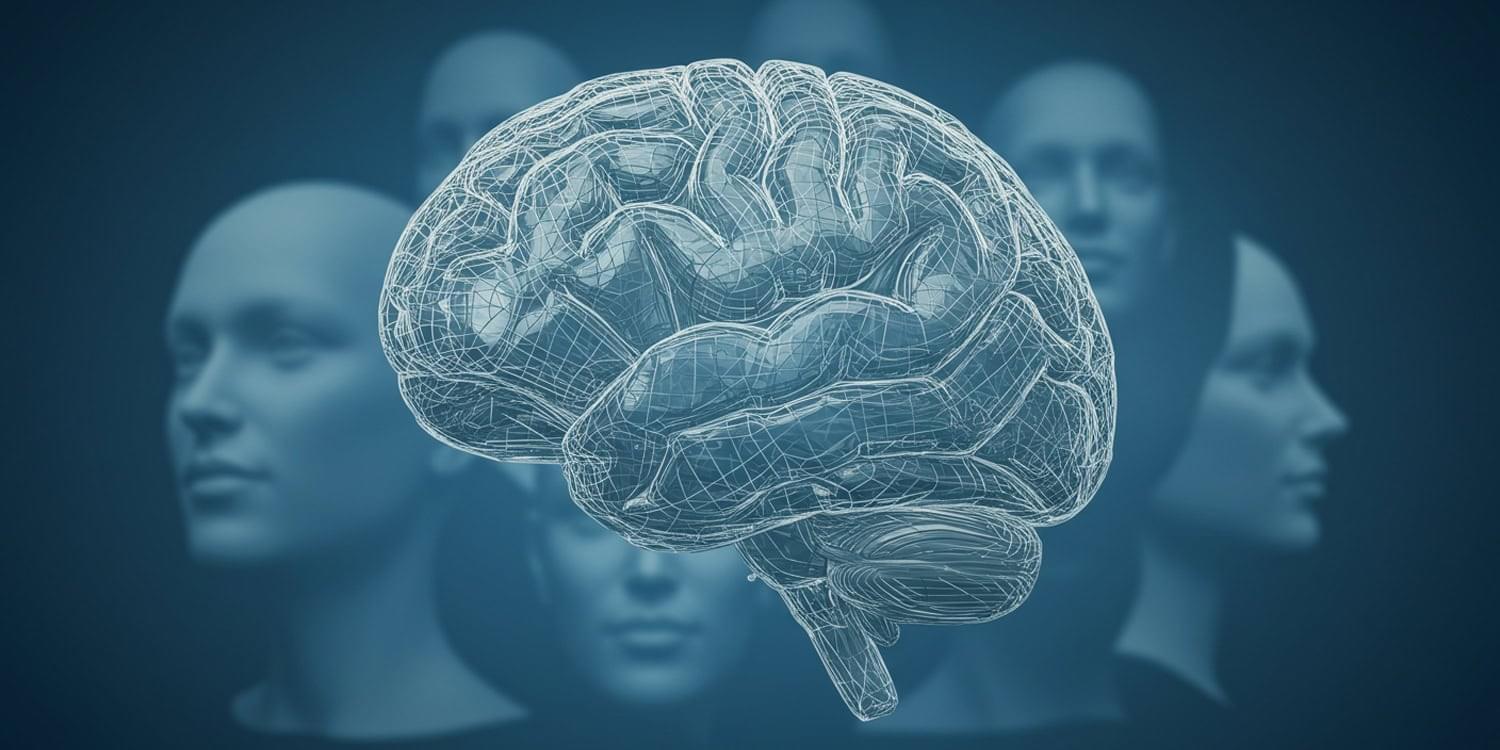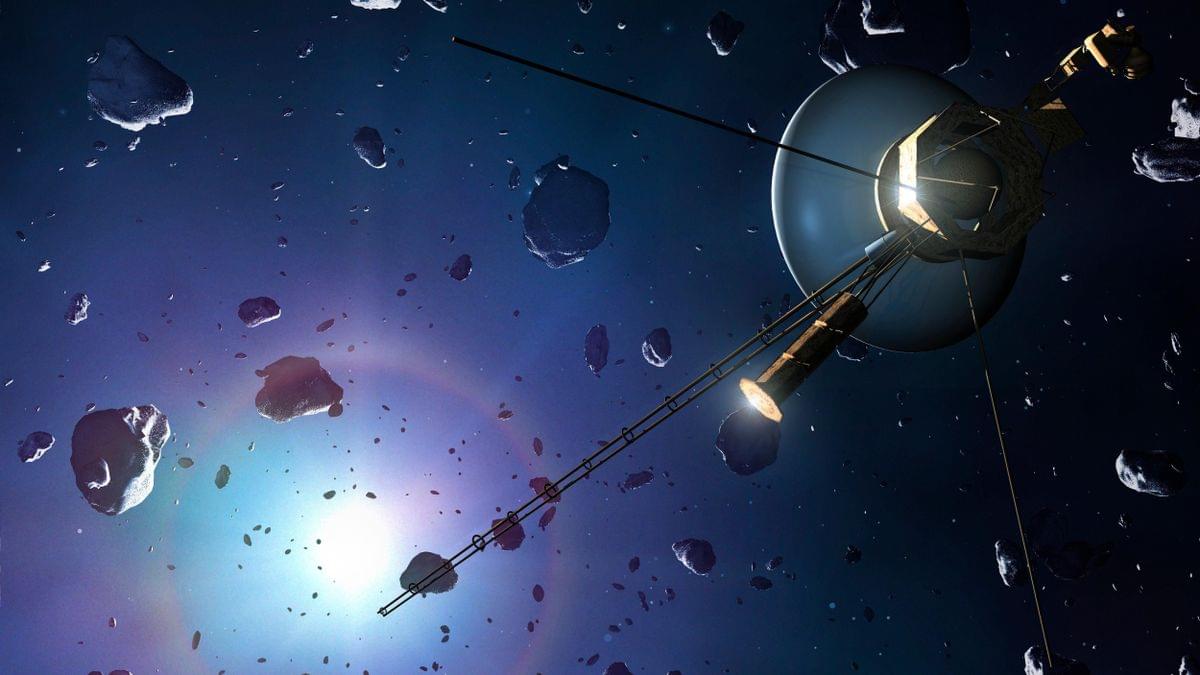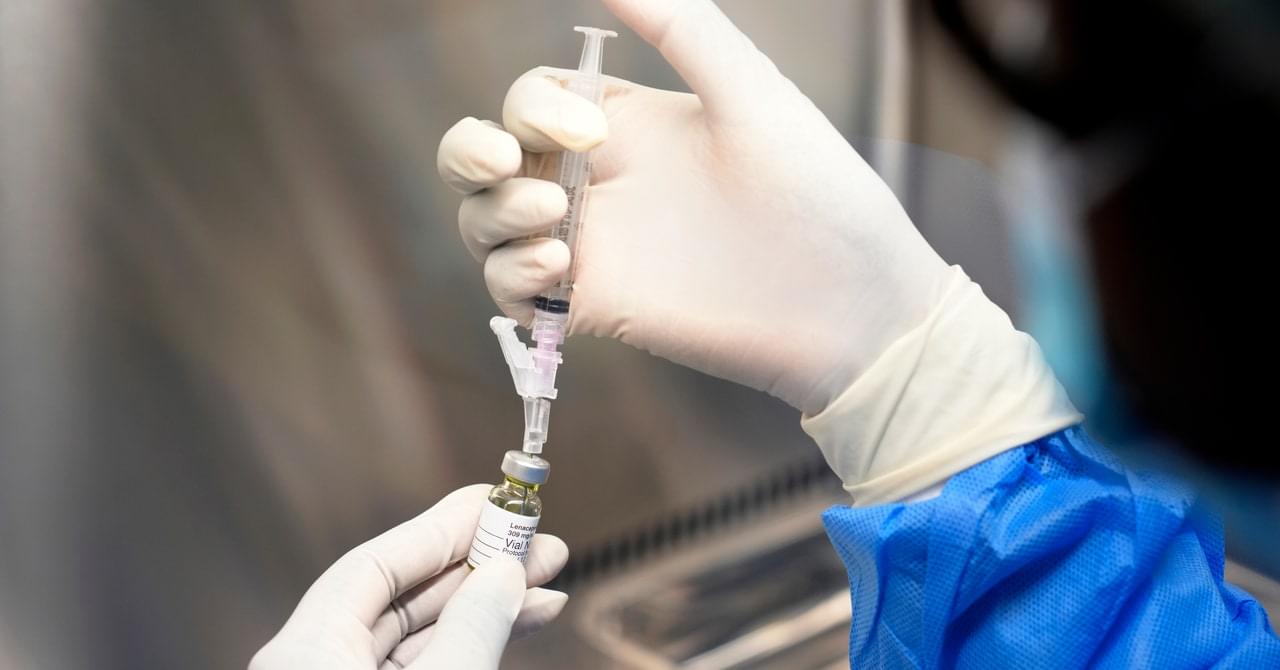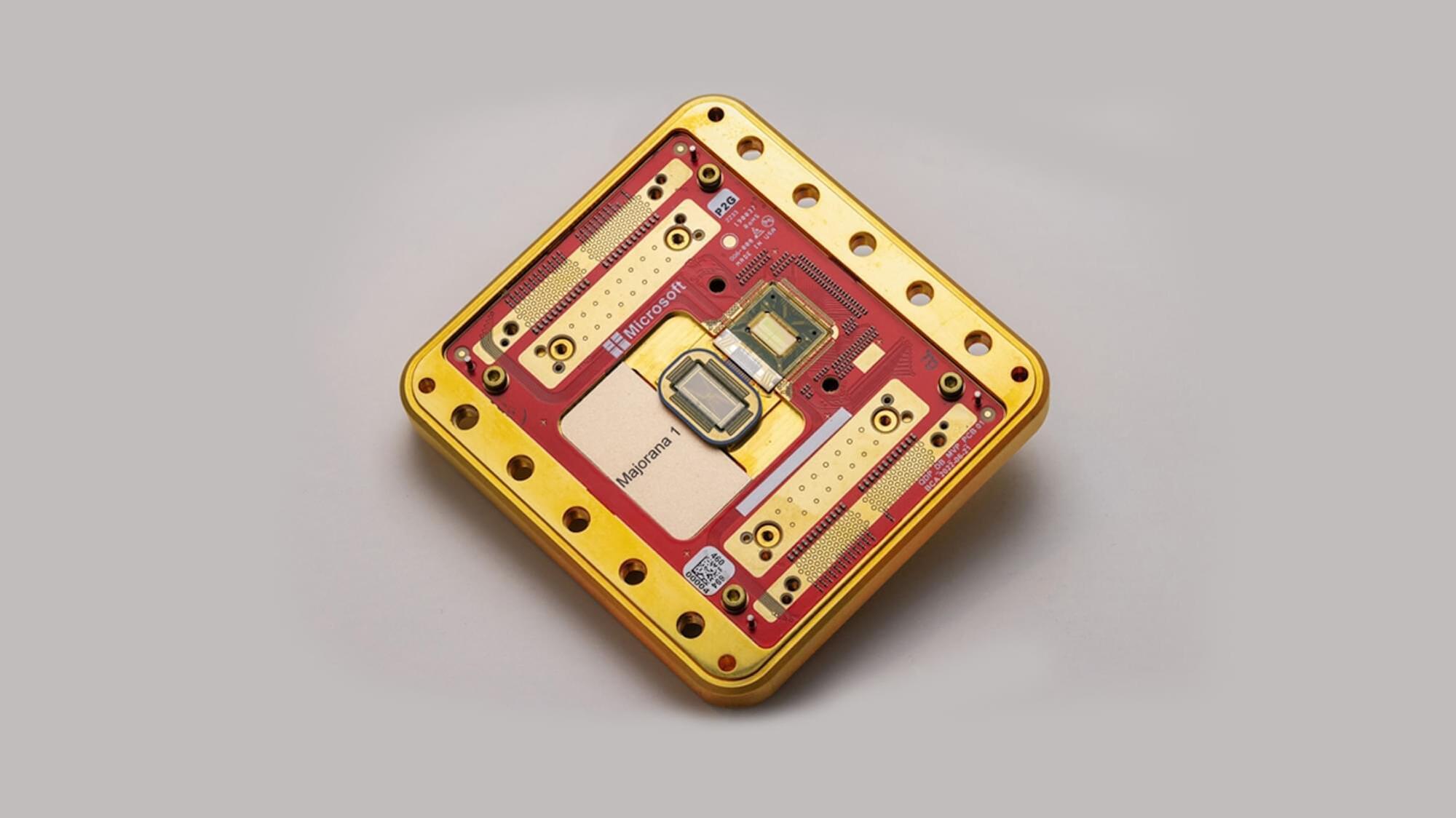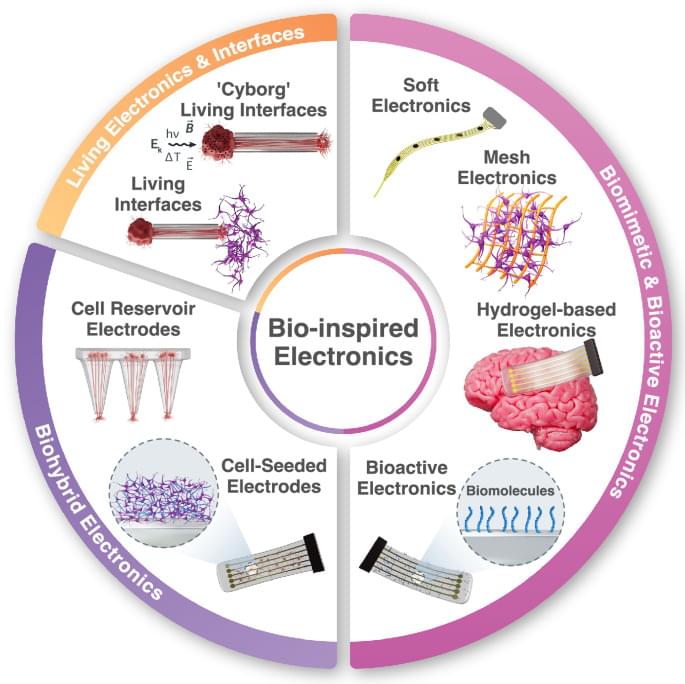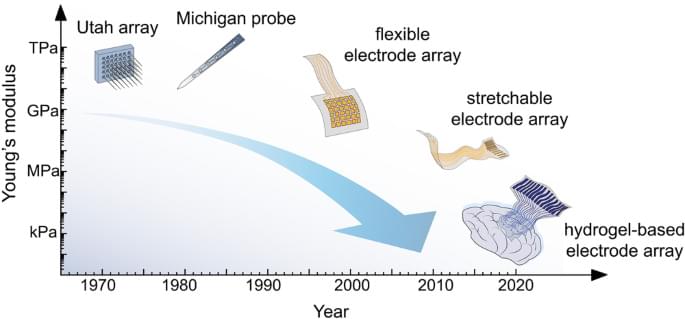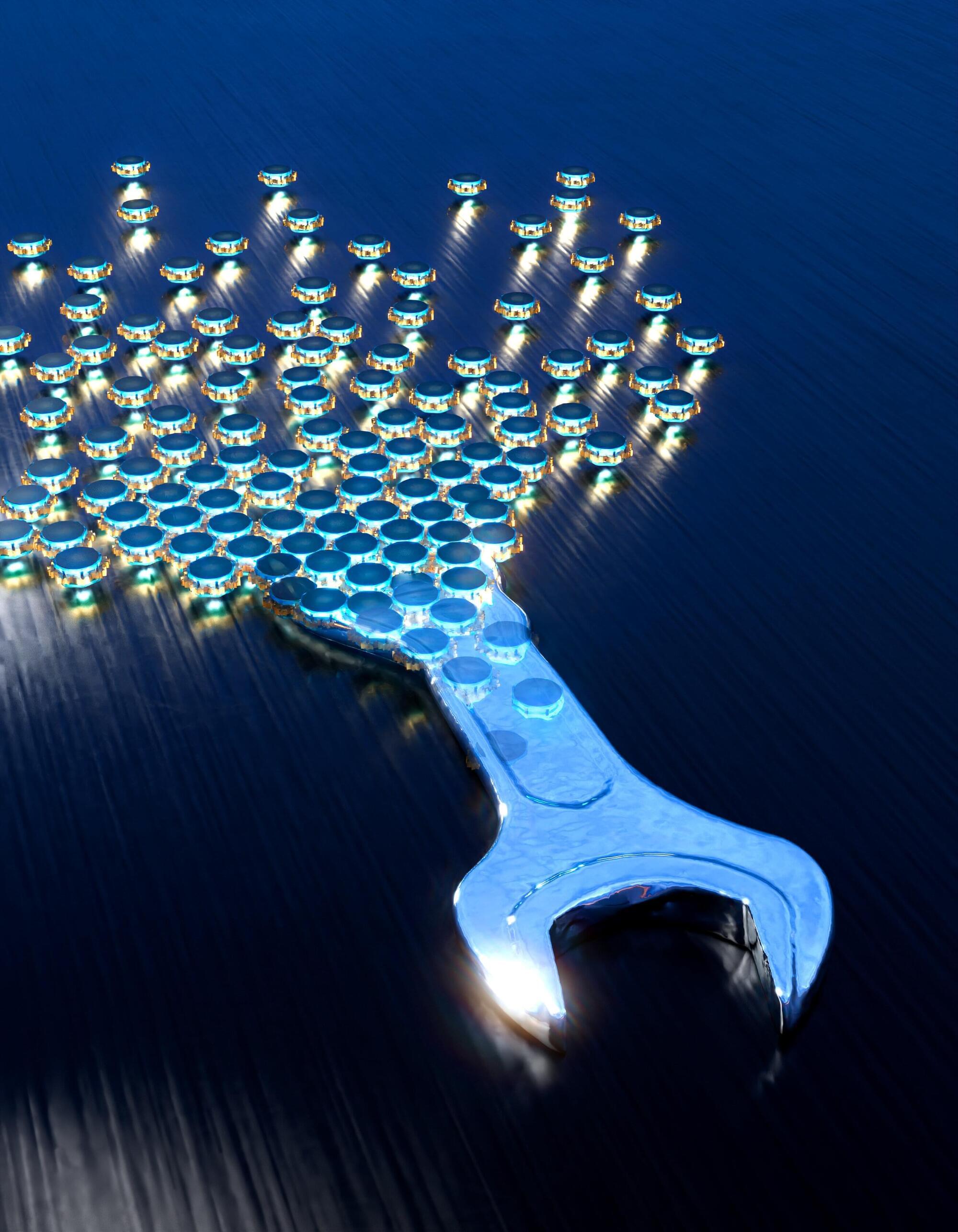Computer scientist Panos Louridas traces the evolution of secret communication, from ancient Greece to the quantum era.
Researchers at UC Santa Barbara and TU Dresden are pioneering a new approach to robotics by creating a collective of small robots that function like a smart material.
According to Matthew Devlin, a former doctoral researcher in the lab of UCSB mechanical engineering professor Elliot Hawkes and lead author of a paper published in Science, researchers have developed a method for robots to behave more like a material.
Recent research found that face processing abilities form a general factor, are positively linked to intelligence, and negatively associated with autistic-like traits.
The mysterious Oort cloud is the source of many of our solar system’s comets, but astronomers still have no idea what it looks like. Now, new simulations may have given them a first glimpse.
Searching for life in alien oceans may be more difficult than scientists previously thought, even when we can sample these extraterrestrial waters directly.
A new study focusing on Enceladus, a moon of Saturn that sprays its ocean water into space through cracks in its icy surface, shows that the physics of alien oceans could prevent evidence of deep-sea life from reaching places where we can detect it.
Published today (Thursday, 6 February 2025) in Communications Earth and Environment, the study shows how Enceladus’s ocean forms distinct layers that dramatically slow the movement of material from the ocean floor to the surface.
Lenacapavir, a twice yearly injection that prevents HIV transmission, was named the breakthrough medicine of 2024. But without US foreign aid dollars, its delivery to millions worldwide is under threat.
Since their invention, traditional computers have almost always relied on semiconductor chips that use binary “bits” of information represented as strings of 1’s and 0’s. While these chips have become increasingly powerful and simultaneously smaller, there is a physical limit to the amount of information that can be stored on this hardware. Quantum computers, by comparison, utilize “qubits” (quantum bits) to exploit the strange properties exhibited by subatomic particles, often at extremely cold temperatures.
Two qubits can hold four values at any given time, with more qubits translating to an exponential increase in calculating capabilities. This allows a quantum computer to process information at speeds and scales that make today’s supercomputers seem almost antiquated. Last December, for example, Google unveiled an experimental quantum computer system that researchers say takes just five minutes to finish a calculation that would take most supercomputers over 10 septillion years to complete—longer than the age of the universe as we understand it.
But Google’s Quantum Processing Unit (QPU) is based on different technology than Microsoft’s Majorana 1 design, detailed in a paper published on February 19 in the journal Nature. The result of over 17 years of design and research, Majorana 1 relies on what the company calls “topological qubits” through the creation of topological superconductivity, a state of matter previously conceptualized but never documented.
Neural technologies are adopting bio-inspired designs to enhance biointegration and functionality. This review maps the growing field of bio-inspired electronics and discusses recent developments in tissue-like bioelectronics, from soft interfaces to ‘biohybrid’ and ‘all-living’ platforms.
Materials are needed that can form stable interfaces with neurons, and soft materials are the most promising for this. Here, the advantages and challenges associated with neural interfaces using hydrogels, particularly conductive hydrogels, are discussed.
Researchers have engineered groups of robots that behave as smart materials with tunable shape and strength, mimicking living systems. “We’ve figured out a way for robots to behave more like a material,” said Matthew Devlin, a former doctoral researcher in the lab of University of California, Santa Barbara (USCB) mechanical engineering professor Elliot Hawkes, and the lead author of the article published in the journal Science.
Composed of individual, disk-shaped autonomous robots that look like small hockey pucks, the members of the collective are programmed to assemble themselves together into various forms with different material strengths.
One challenge of particular interest to the research team was creating a robotic material that could both be stiff and strong, yet be able to flow when a new form is needed. “Robotic materials should be able to take a shape and hold it” Hawkes explained, “but also able to selectively flow themselves into a new shape.” However, when robots are strongly held to each other in a group, it was not possible to reconfigure the group in a way that can flow and change shape at will. Until now.
